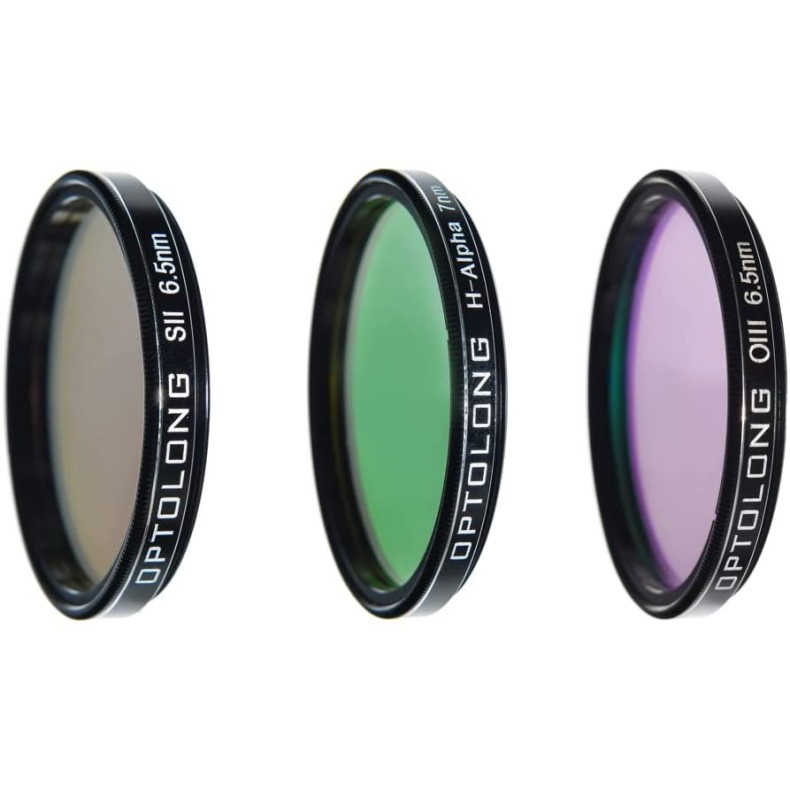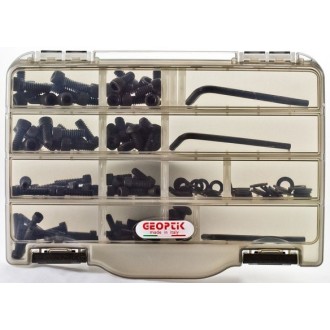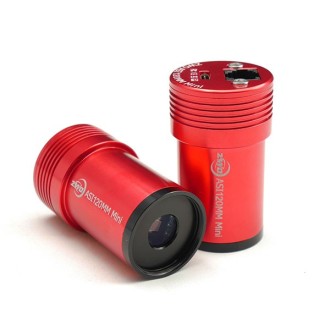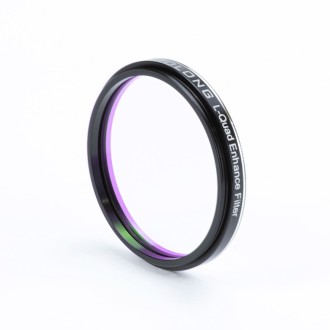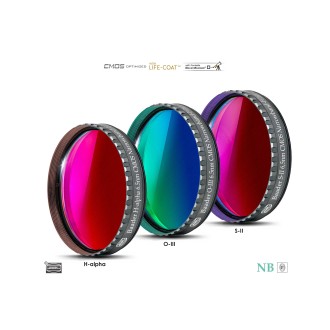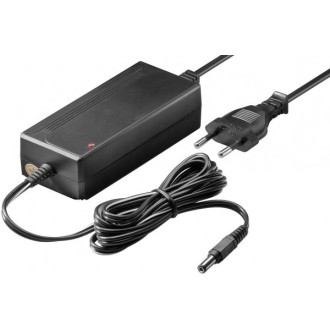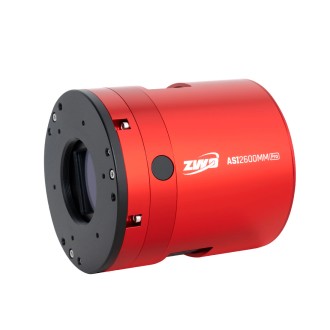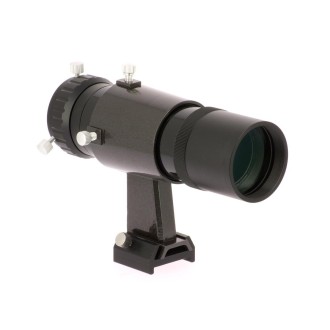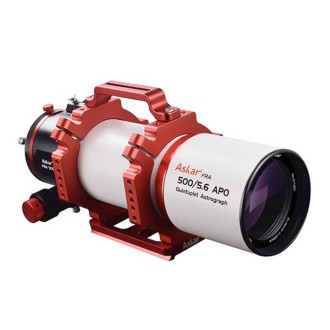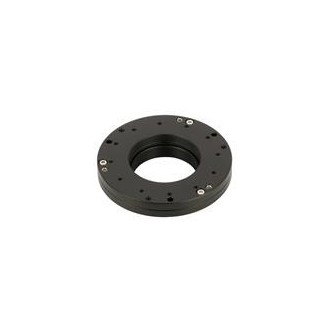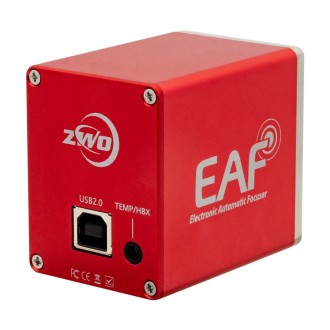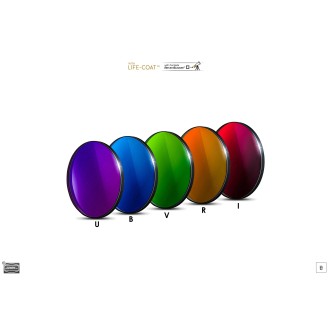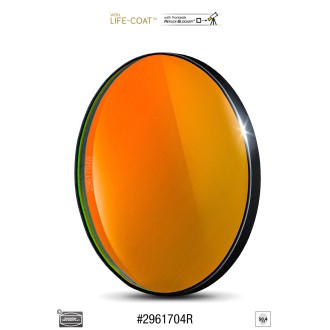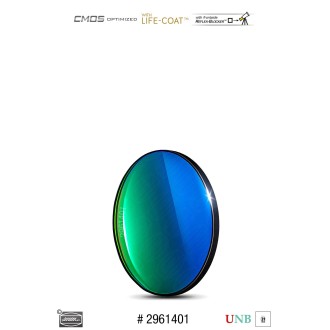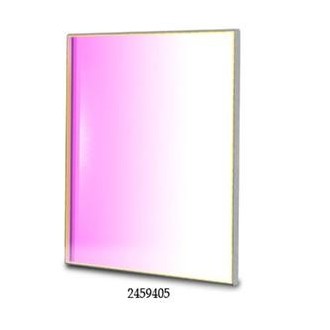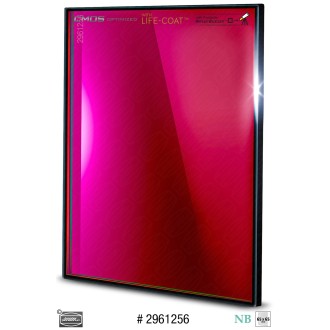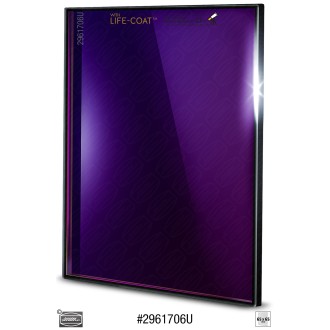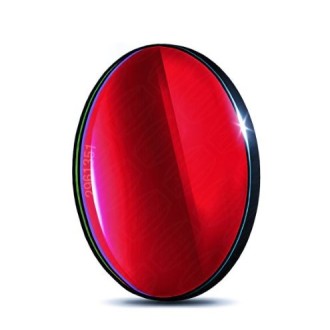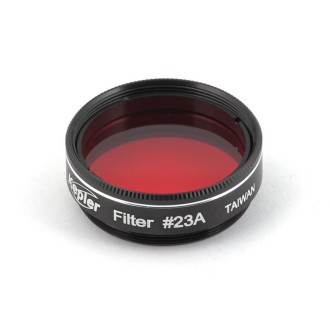Deliver it 7/16 days
Set of filters Optolong SHO narrow band in 2"
OPTOLONG narrow band filter set in 2". The included filters are the H-alpha at 7nm, the OIII at 6.5nm and the SII at 6.5nm. The Hubble palette with one of the best performance on the market.
| Carrier | Description | Estimated Delivery | ||
|---|---|---|---|---|
 |
Home delivery - International | Home delivery - International |
Monday, 22 December - Wednesday, 31 December |
|

Home delivery - International
Home delivery - International
Estimated delivery:
Monday, 22 December - Wednesday, 31 December
Filter set Optolong SHO narrow band in 2"
The technical characteristics of the three narrow band filters included in this filter kit are detailed below:
Filter Optolong H-A7 (H-Alfa 7nm) 2"
Product description
Narrow-band filters are able to isolate a single line of the visible spectrum to study closely celestial objects with strong emission in that color, so they are particularly suitable for observing emission nebulae and Supernova remnants. In this case, it is the famous alpha line of the hydrogen spectrum, in which many nebulae emit, because the nebular hydrogen is in an excited state due to the energy it receives in the form of high-frequency light from neighboring stars. In order to switch to the normal state, the hydrogen gives off its additional energy by emitting light of a certain frequency, the equivalent of the H-alpha line, which you can now study in detail with the filtersH-A7From Optolong, that we offer you in Telescopiomania.
Its high transparency (about 85%) in the H-alpha emission line (656nm) together with its low off-peak transmission (0.1%), make it a filter that provides a high contrast, accentuating spectacularly the details of the emission nebulae, always taking into account that nebular filters do not increase the brightness of the object to be observed, but they do increase the contrast between the nebula and the night sky; among other reasons, because by not allowing wavelengths other than H-α to pass through, it becomes an effective barrier against stray light (light pollution and natural celestial brightness caused by the emission of neutral oxygen in our atmosphere).
The filter is made of optical glass with a flatness level of λ / 4 on both surfaces (surface irregularities are
Its outermost coating with IRO source technology provides increased durability and scratch resistance, as well as CWL (center wavelength) stability without being affected by temperature changes.
The L-Pro has an ultra-clean substrate after passing through 13 ultrasonic cleaning tanks and purified water to effectively remove any remaining impurities and dust.
All L-Pro filters undergo a thorough quality control: each filter is individually tested with spectrophotometer and laser interferometer to ensure that its output spectrum and wavefront is adequate.
WARNING: This type of H-alpha filter is not designed for solar observation. NEVER DIRECT YOUR TELESCOPE INTO THE SUN WITH THIS FILTER; you are in danger of being BLINDED if you do not observe this warning.
Technical specifications:
- Center wavelength (CWL): 656.3nm
- FWHM: 7nm
- Transmission at the peak:
- Off-peak transmission: 0.1%
- Off-peak optical density: OD3 (0.1% transmission is equivalent to OD3, taking into account that a high optical density indicates very low transmission).
- Working wavelength range: 300-1100nm
- Spectral windows of astronomical interest: Halfa (656.3nm)
- Surface quality: 60/40
- RMS of the transmitted wavefront: λ / 4
- Parallelism (arcsec): 30"
- Format: Threaded to the eyepiece barrel
- Size: 2"
Astrophotographic filter Optolong for deep space OIII-CCD 6.5 nm 2" deep space OIII-CCD 6.5 nm 2"
The 6.5nm is a very narrow band filter designed for nebula observation, centered at a wavelength of 500nm, which corresponds to the OIII emission lines and drastically reduces the transmission of certain stray light wavelengths, specifically those produced by artificial light including mercury vapor, and high and low pressure sodium vapor lights and unwanted natural light caused by the emission of neutral oxygen in our atmosphere (i.e. skyglow).
OIII emits 495.9 nm and 500.7 nm, making it a blue-green filter. Many of the images of planetary nebula and supernova remnants are taken only with H-alpha and OIII filters; they show great structural detail, but have natural colors, similar to an RGB image.
Applications
- Suitable for visual observation in most emission nebulae, planetary nebulae and supernova remnants.
- Hubble-like images can be obtained by combining H-alpha, OIII-CCD and SII-CCD, such as the famous "Pillars of Creation" (Eagle Nebula M16)
- The narrow band filter does not remove the effects of light pollution or increase the brightness of the object. In most cases, it increases the contrast between the nebula and the night sky, without illuminating the nebula.
Technical Data
- 80% transmission on the main 500 nm OIII line
- Infrared cut-off wavelength: 700-1100nm
- Transmission: 0.1% out-of-band, specifically the main artificial light pollution emission lines (i.e. Na 589 nm, Hg 435 nm and 578 nm). The 0.1% transmission is equivalent to OD3 (optical density), and a high optical density value indicates very low transmission, and a low optical density indicates high transmission.
Substrate and coating characteristics
- Substrate material: Schott
- Thickness: 2.0mm
- Surface quality: 60/40 (refer to MIL-O-13830)
- Optically polished to ensure a wavefront of 1/4 accuracy (surface irregularities are
- Non-cementitious optical substrate coating
- Its outermost coating with ion-assisted electron beam evaporation deposition technology provides increased durability and scratch resistance, as well as CWL (center wavelength) stability unaffected by temperature changes.
- The system ofplanetary rotationOffers precision and homogeneity of coatings, ensuring high value in through-band transmission and out-of-band optical density
- The ultra-thin filter cell minimizes vignetting by maximizing the largest possible aperture (diaphanous aperture of45Mm for 2")
- Size: 2"
Filter Optolong 6.5nm 2" SII-CCD
The SII-CCD 6.5nm extra-narrowband filter (Sulfur II for CCD) is designed for nebula photography by allowing the passage of light centered on the 672nm wavelength with a bandwidth of 6.5nm and blocking the transmission of all other wavelengths, specifically those produced by artificial light, including mercury vapor and high and low pressure sodium vapor lights and the unwanted natural light caused by the neutral emission of oxygen in our atmosphere (Skyglow).
Primary use
Used in combination with H-alpha and OIII-CCD extra-narrowband filters (SHO set) for CCD tri-color astrophotography
Narrowband imaging with the SHO set can be done with the Moon in the sky or with strong light pollution, thus preventing your equipment from sitting idle for several weeks.
The Hubble appearance of the images can be made by combining H-alpha, OIII-CCD and SII-CCD, such as the famous "Pillars of Creation" (Eagle Nebula M16)
The narrow band filter does not increase the brightness of the object, but increases the contrast between the nebula and the night sky (without illuminating the nebula).
Technical Data
- Schott substrate material
- Thickness 2.0mm
- Surface quality: 60/40 (refer to MIL-O-13830)
- The filter is made of optical glass with a flatness level of λ / 4 on both surfaces (surface irregularities are
- 80% transmission on 672 nm SII line
- Blocking infrared wavelengths between 700-1100nm
- 0.1% out-of-band transmission, specifically the main artificial light pollution emission lines (i.e., Na 589 nm, Hg 435 nm and 578 nm). The 0.1% transmission is equivalent to OD3 (optical density), and a high optical density value indicates very low transmission, and a low optical density indicates high transmission.
- The ultra-thin filter cell minimizes vignetting by allowing a diaphanous aperture of 45 mm for 2" (50.8 mm), having been manufactured in aluminum by CNC machines with extreme manufacturing precision.
Coating specifications
- Non-cementitious optical substrate coating
- Its outermost coating with ion-assisted electron beam evaporation deposition technology provides increased durability and scratch resistance, as well as CWL (center wavelength) stability unaffected by temperature changes.
- The planetary rotation system offers precision and homogeneity of coatings, ensuring high through-band transmission value and high out-of-band optical density
Utilization:
- Visual observation (rural sky): Incompatible.
- Visual observation (urban sky): Incompatible.
- CCD photography: Excellent for enhancing the contrast of nebulae.
- DSLR photography (unmodified): Good, although the sensitivity of unmodified sensors is reduced in the IBS spectral line.
- DSLR photography (modified): Excellent for enhancing the contrast of nebulae.
- Planetary photography (from video clips): Uninteresting.
Filter set Optolong SHO narrow band in 2"

